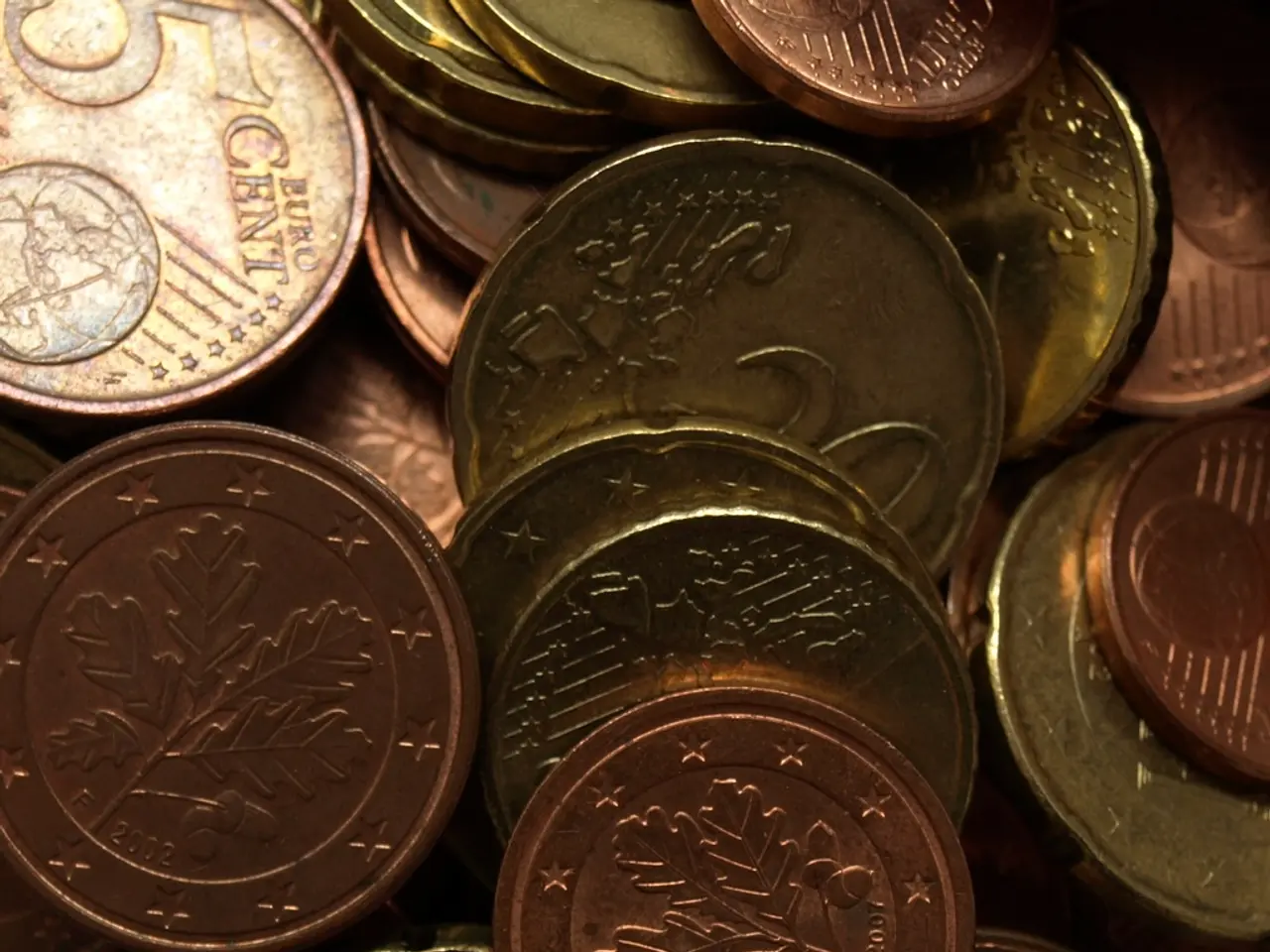Decrease in USDT Market Capitalization Observed After MiCA Regulations Enforcement
The European Union's Markets in Crypto-Assets (MiCA) regulation, effective from December 30, is transforming the EU crypto market. This comprehensive, harmonized regulatory framework aims to enhance consumer protection, financial stability, and transparency.
For large stablecoin issuers like Tether, MiCA enforces stringent requirements. Stablecoins must be backed 1:1 by safe and liquid assets held as reserves, increasing issuer transparency and reducing default risk. Detailed disclosures to holders and regulators are also mandatory. The EU’s approach is stricter than some other jurisdictions, and stablecoins that do not meet these requirements cannot be marketed or used within the EU.
Tether, a major player in the stablecoin market, is expected to face economically burdensome compliance costs under MiCA, according to Agnė Lingė of WeFi. In August, Tether's CEO Paolo Ardoino criticized MiCA, describing it as a "systemic risk" not only to stablecoins but also to the banking system. However, Tether is projected to earn around $10 billion in profits this year, and with substantial cash reserves and diversified revenue streams, it may navigate these changes effectively.
EU crypto exchanges and service providers (CASPs) must obtain official registration and authorization from national regulators and adhere to MiCA’s rules on governance, transparency, and conduct. Authorized lists show relatively limited providers so far, signaling a consolidation and formalization of the market. Exchanges must also implement measures against market abuse, insider trading, and align with Anti-Money Laundering (AML) standards including the Travel Rule. Non-compliance risks fines, shutdowns, and blacklisting within the EU common market.
The impacts of MiCA are far-reaching. Increased regulatory certainty and investor protection may boost user confidence but raise compliance costs. Potential market exit or restructuring by firms unable or unwilling to meet MiCA’s standards could limit innovation areas like Decentralized Finance (DeFi), which remain largely unregulated for now. Calls for additional legislation (“MiCA 2”) are already rising to address gaps including decentralized finance and lending platforms.
Uldis Teraudkalns, Chief Revenue Officer at Paybis, stated that MiCA will transform the EU crypto landscape with far-reaching effects. European crypto exchanges like Coinbase Europe have already delisted USDT and five other stablecoins due to regulatory uncertainty surrounding MiCA. Jurisdictions such as the UK and Switzerland, depending on their regulatory developments, could benefit from the changes brought about by MiCA.
In August, Tether's market capitalization dropped from over $141 billion to approximately $137.5 billion. However, the EU market remains attractive, with companies expected to migrate internally to regions with more lenient regulations. Tether is not expected to face significant financial consequences due to a potential EU exit, according to Agnė Lingė.
In sum, MiCA’s impact is profound: it tightens oversight on stablecoin issuers, enforces stringent compliance on exchanges and service providers, and seeks to create a safer, more transparent crypto ecosystem in the EU. Large stablecoin issuers like Tether must adapt through enhanced reserve and disclosure compliance, while EU crypto exchanges face firm operational and licensing obligations under MiCA.
The regulation imposed by MiCA on the EU crypto industry is forcing large stablecoin issuers such as Tether to increase their transparency and abide by stricter reserve requirements, as well as mandatory disclosures. EU crypto exchanges and service providers must obtain official registration, adhere to MiCA's rules, and comply with additional measures against market abuse, insider trading, and Anti-Money Laundering (AML) standards.




